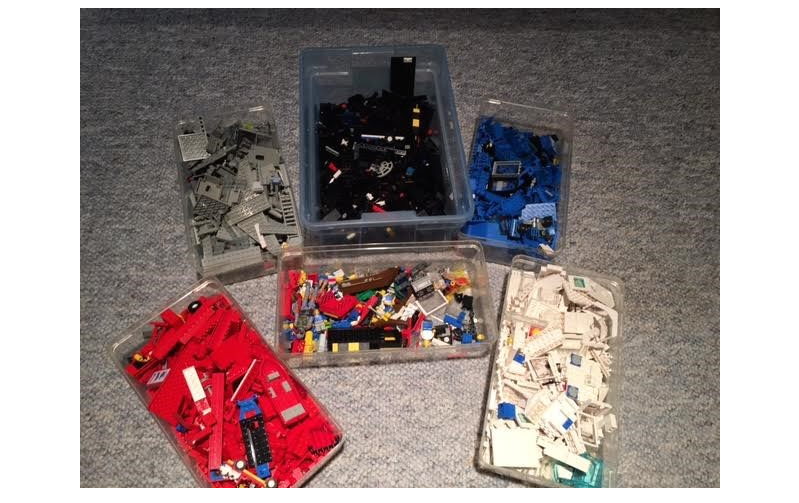Difference between revisions of "Template:Article of the week"
Shawndouglas (talk | contribs) (Updated article of the week text.) |
Shawndouglas (talk | contribs) (Updated article of the week text.) |
||
| Line 1: | Line 1: | ||
<div style="float: left; margin: 0.5em 0.9em 0.4em 0em;">[[File: | <div style="float: left; margin: 0.5em 0.9em 0.4em 0em;">[[File:Fig1 Deliberato JMIRMedInfo2017 5-3.png|240px]]</div> | ||
'''"[[Journal: | '''"[[Journal:Clinical note creation, binning, and artificial intelligence|Clinical note creation, binning, and artificial intelligence]]"''' | ||
The creation of medical notes in software applications poses an intrinsic problem in workflow as the technology inherently intervenes in the processes of collecting and assembling [[information]], as well as the production of a data-driven note that meets both individual and healthcare system requirements. In addition, the note writing applications in currently available [[electronic health record]]s (EHRs) do not function to support decision making to any substantial degree. We suggest that artificial intelligence (AI) could be utilized to facilitate the workflows of the data collection and assembly processes, as well as to support the development of personalized, yet data-driven assessments and plans. ('''[[Journal:Clinical note creation, binning, and artificial intelligence|Full article...]]''')<br /> | |||
<br /> | <br /> | ||
''Recently featured'': | ''Recently featured'': | ||
: ▪ [[Journal:Predicting biomedical metadata in CEDAR: A study of Gene Expression Omnibus (GEO)|Predicting biomedical metadata in CEDAR: A study of Gene Expression Omnibus (GEO)]] | |||
: ▪ [[Journal:Rapid development of entity-based data models for bioinformatics with persistence object-oriented design and structured interfaces|Rapid development of entity-based data models for bioinformatics with persistence object-oriented design and structured interfaces]] | : ▪ [[Journal:Rapid development of entity-based data models for bioinformatics with persistence object-oriented design and structured interfaces|Rapid development of entity-based data models for bioinformatics with persistence object-oriented design and structured interfaces]] | ||
: ▪ [[Journal:Bioinformatics education in pathology training: Current scope and future direction|Bioinformatics education in pathology training: Current scope and future direction]] | : ▪ [[Journal:Bioinformatics education in pathology training: Current scope and future direction|Bioinformatics education in pathology training: Current scope and future direction]] | ||
Revision as of 16:25, 23 October 2017
"Clinical note creation, binning, and artificial intelligence"
The creation of medical notes in software applications poses an intrinsic problem in workflow as the technology inherently intervenes in the processes of collecting and assembling information, as well as the production of a data-driven note that meets both individual and healthcare system requirements. In addition, the note writing applications in currently available electronic health records (EHRs) do not function to support decision making to any substantial degree. We suggest that artificial intelligence (AI) could be utilized to facilitate the workflows of the data collection and assembly processes, as well as to support the development of personalized, yet data-driven assessments and plans. (Full article...)
Recently featured:
- ▪ Predicting biomedical metadata in CEDAR: A study of Gene Expression Omnibus (GEO)
- ▪ Rapid development of entity-based data models for bioinformatics with persistence object-oriented design and structured interfaces
- ▪ Bioinformatics education in pathology training: Current scope and future direction










